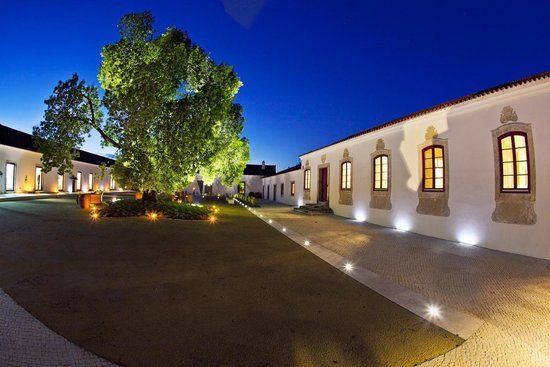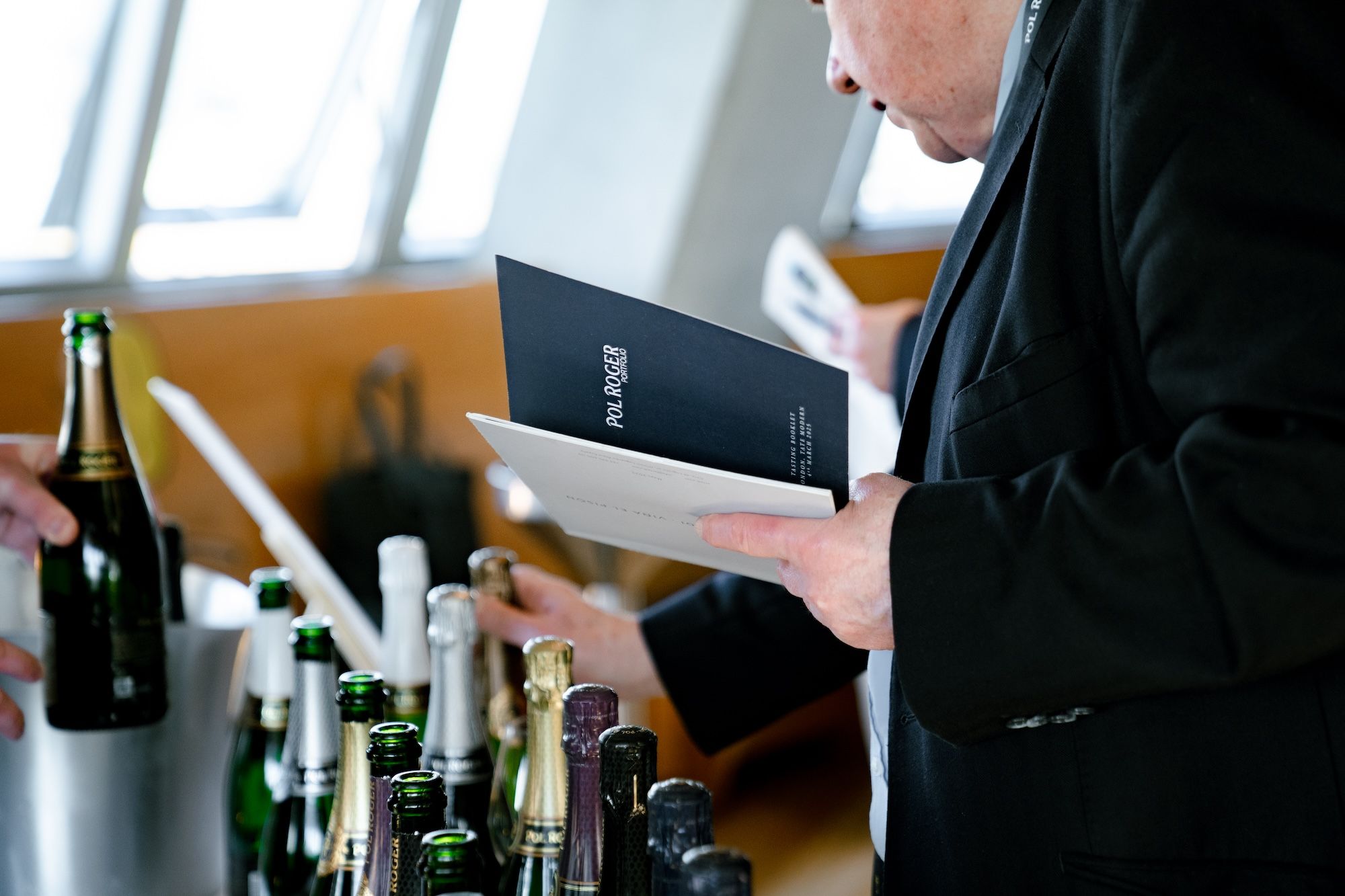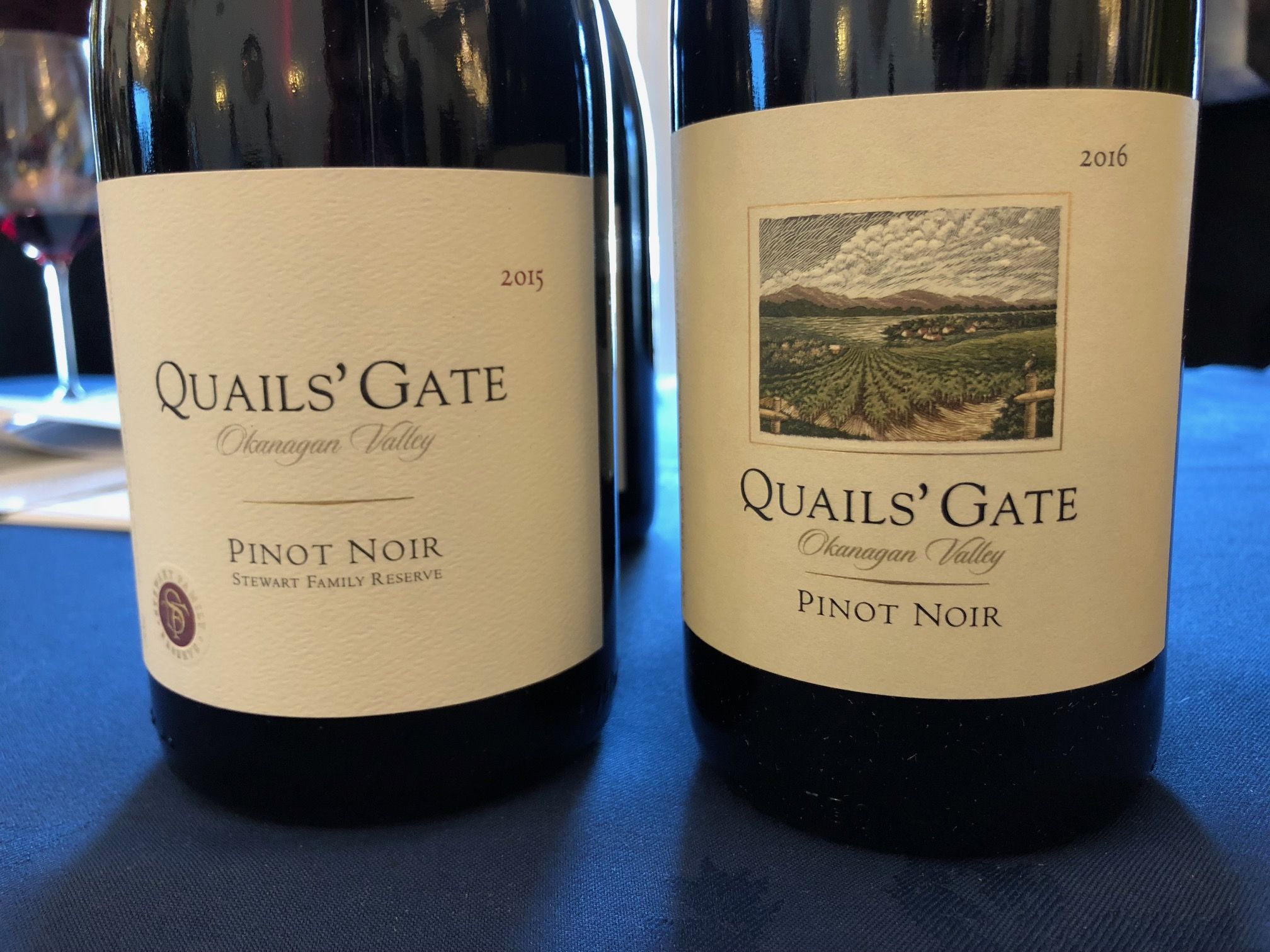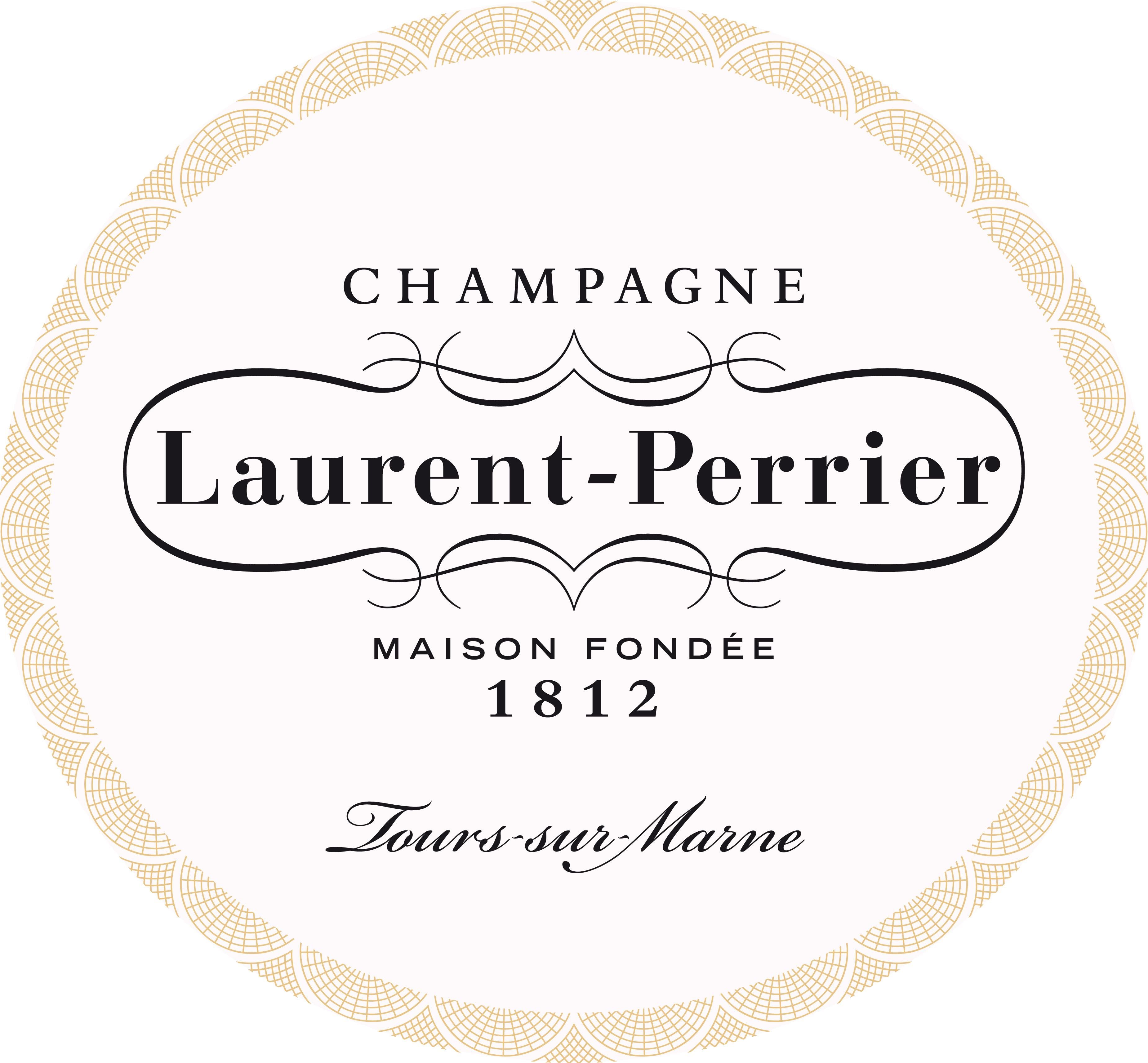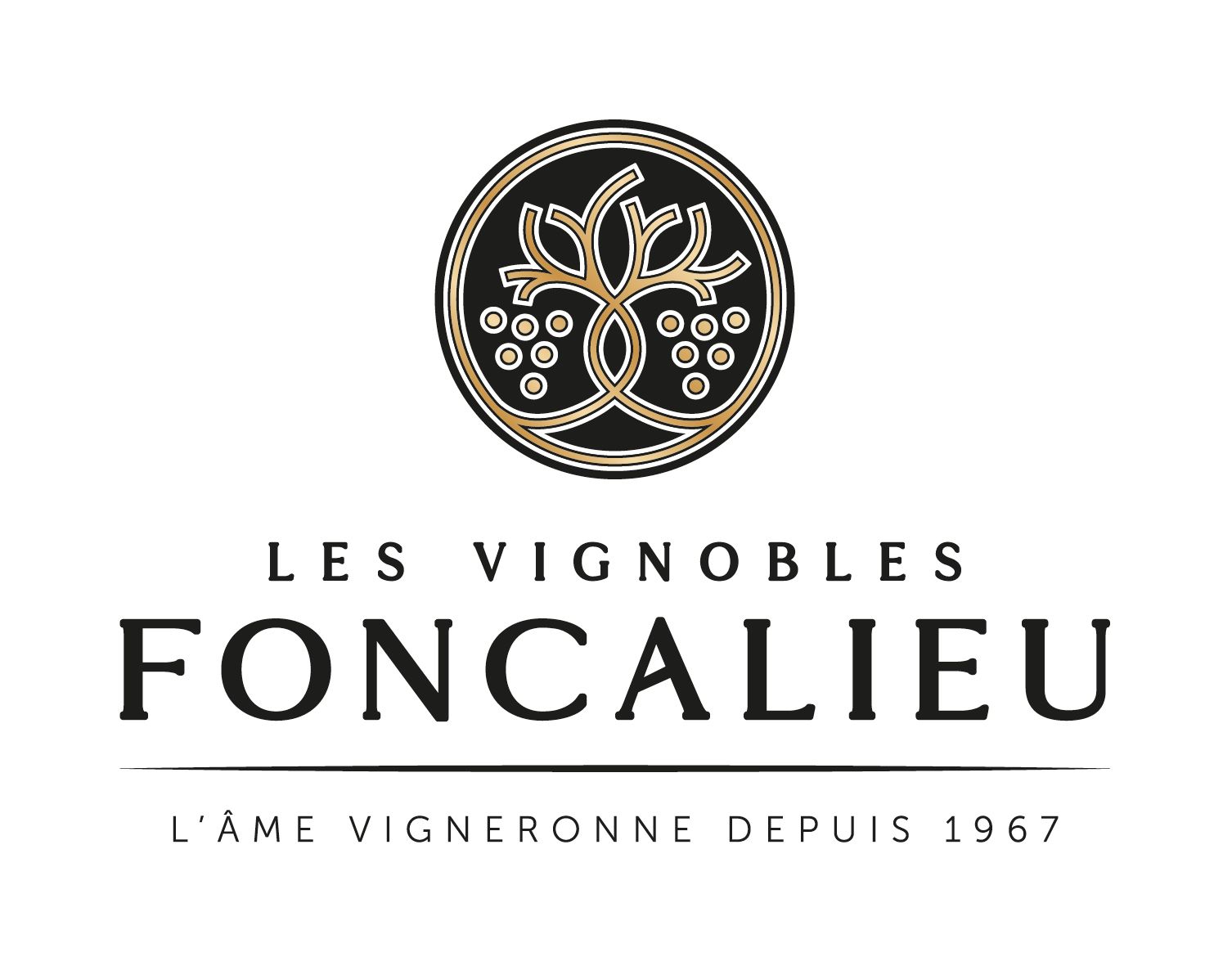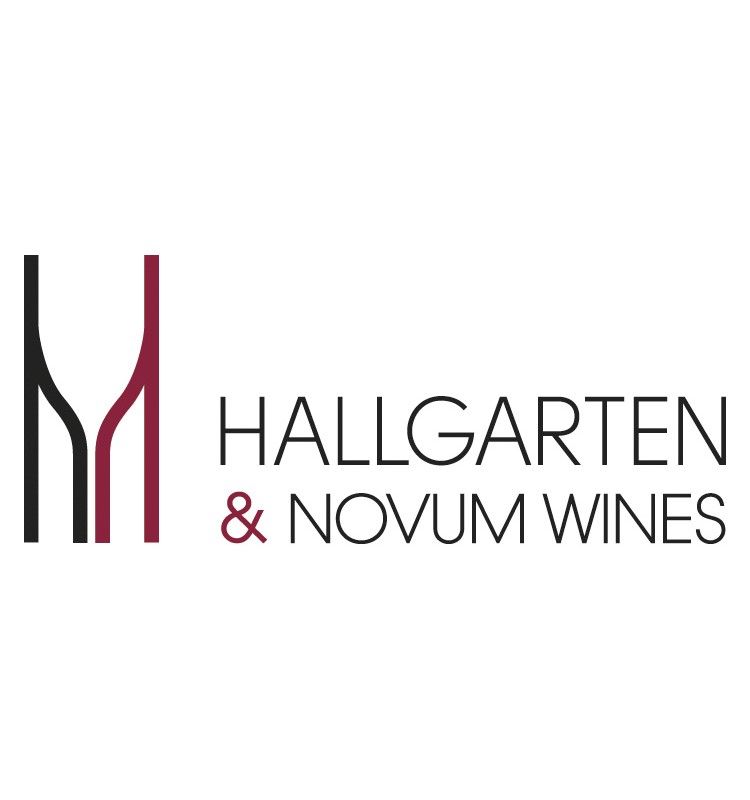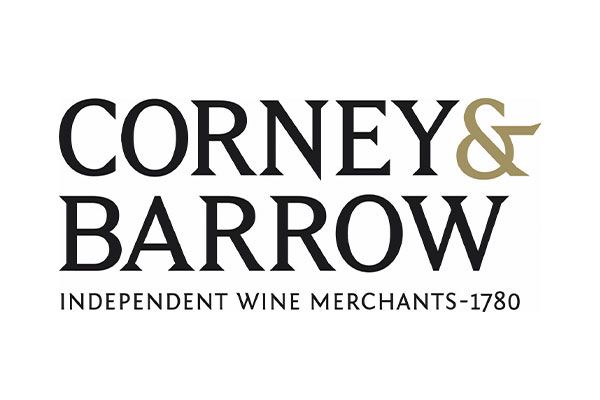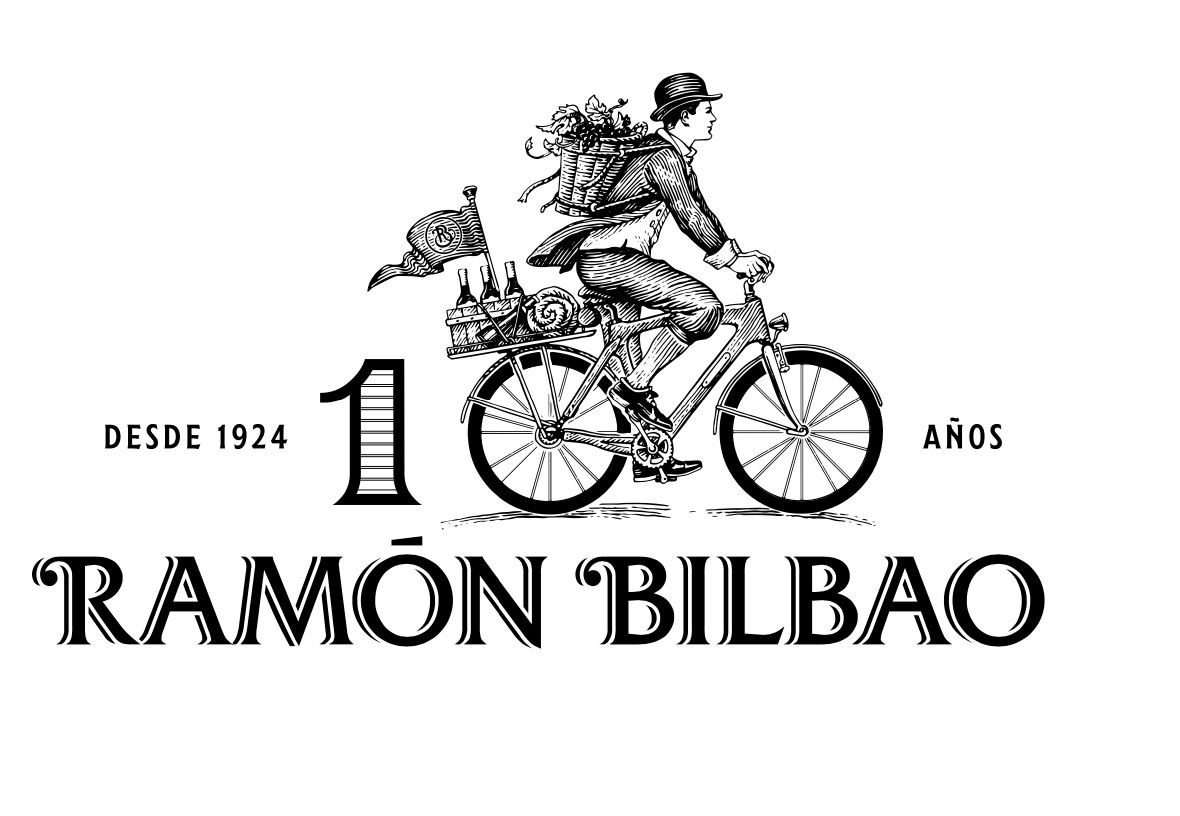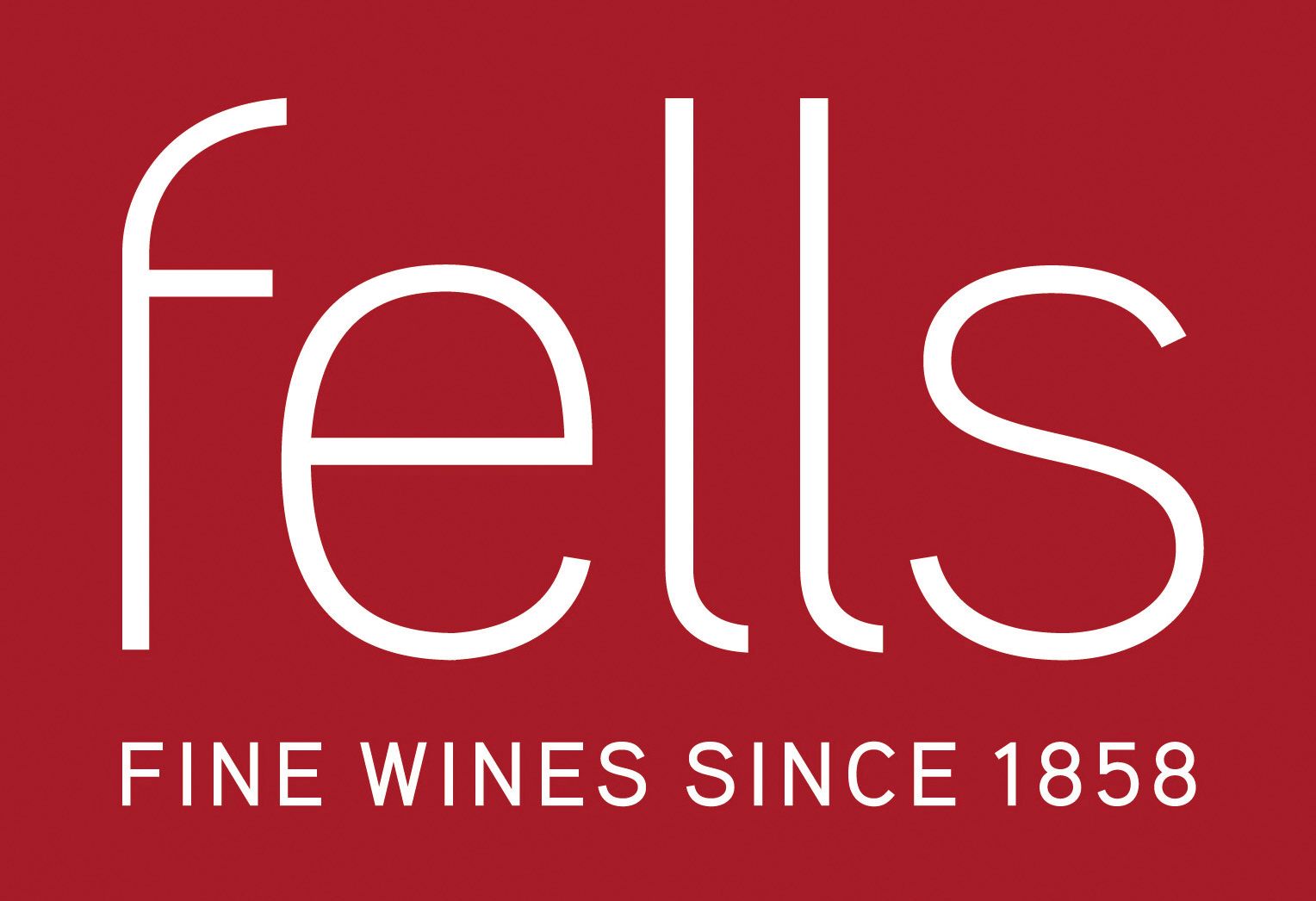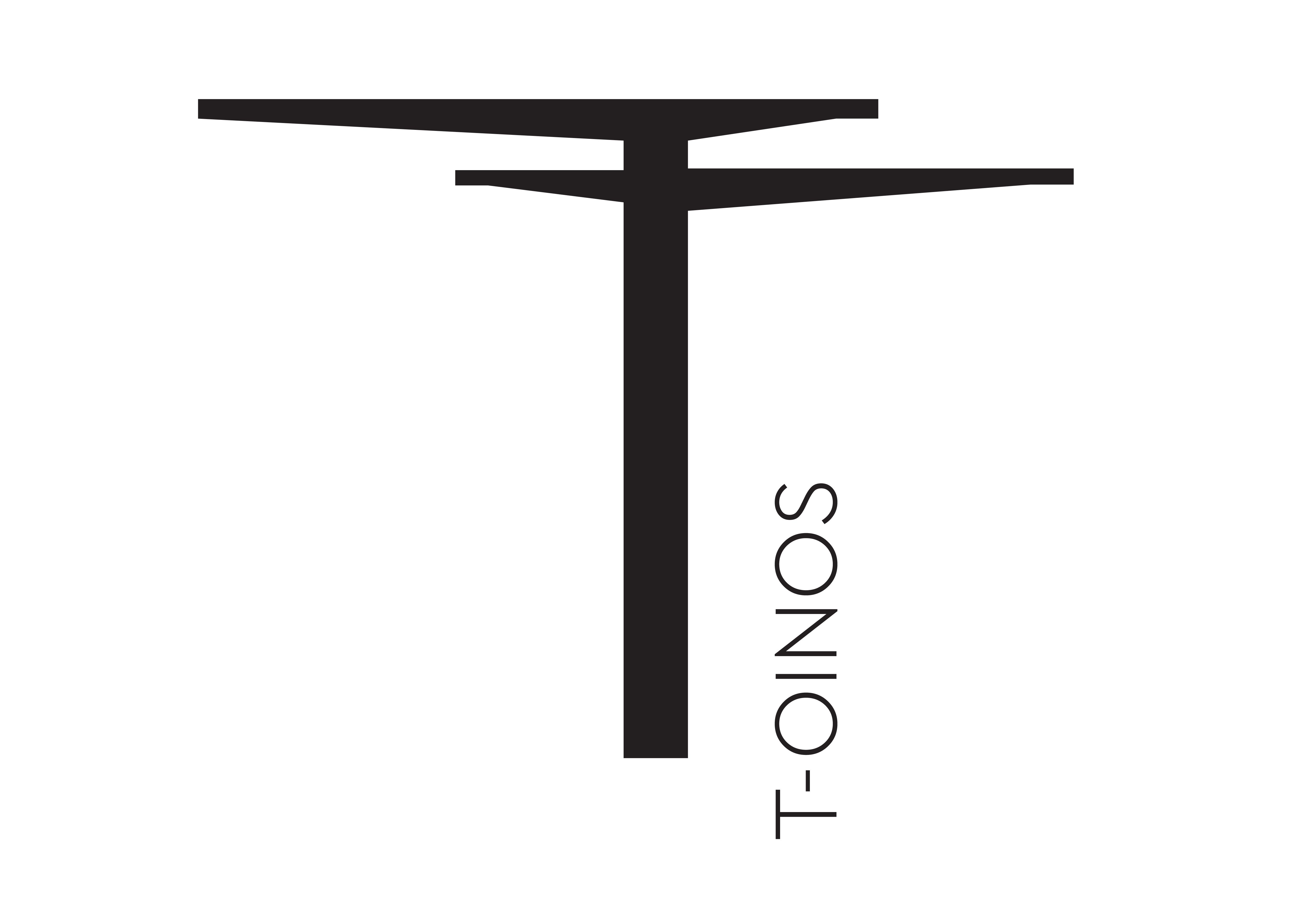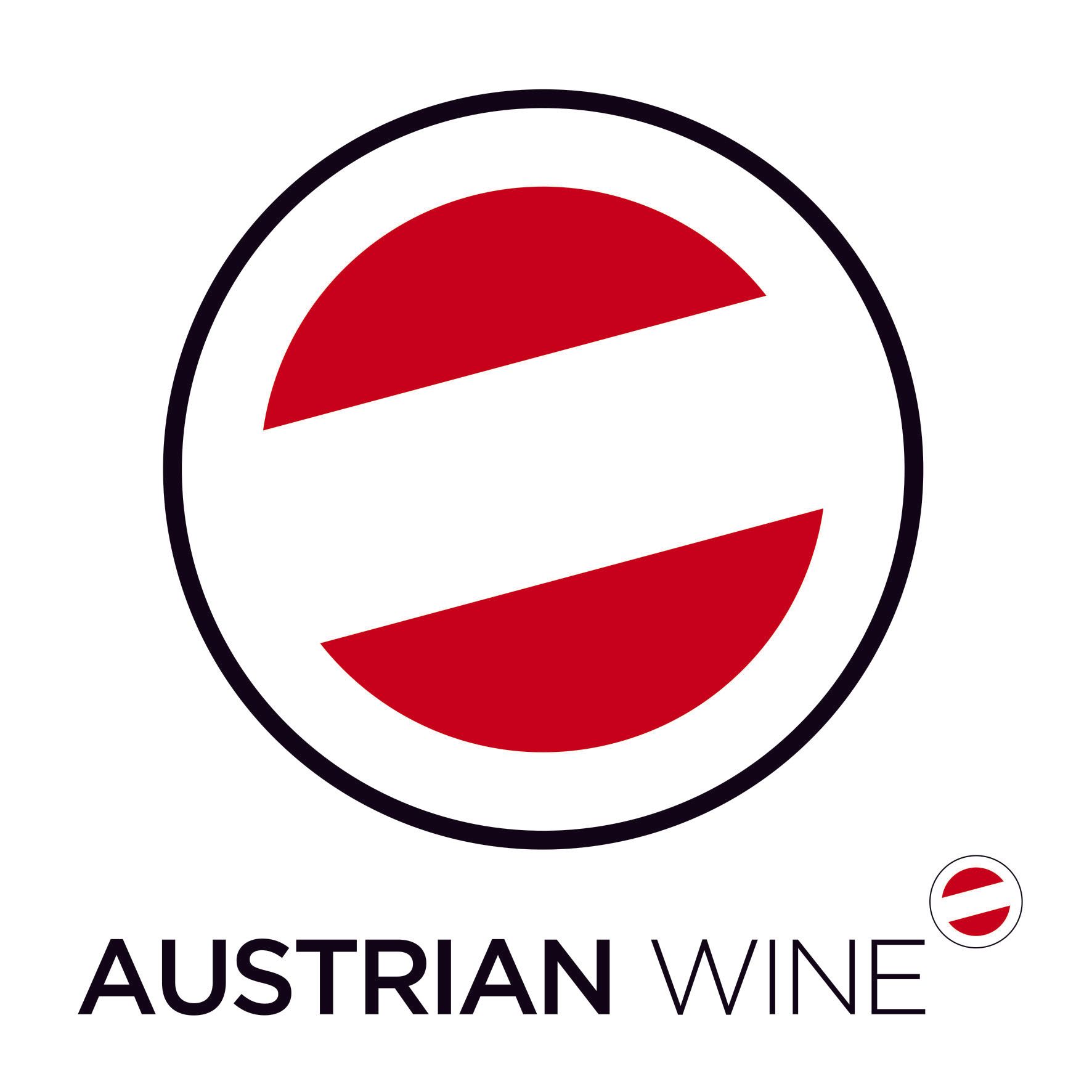The Tejo trip highlighted not only the quality that can be produced from Portuguese grapes but also the opportunity Tejo has to highlight its wonderful ability to produce premium wines of great quality.
A midweek trip to the aristocratic region of Tejo near Lisbon highlighted how far this region has evolved in the past decade especially in the premium wine range. New to many in the UK market, we are however seeing a gentle trickle now coming into the market.
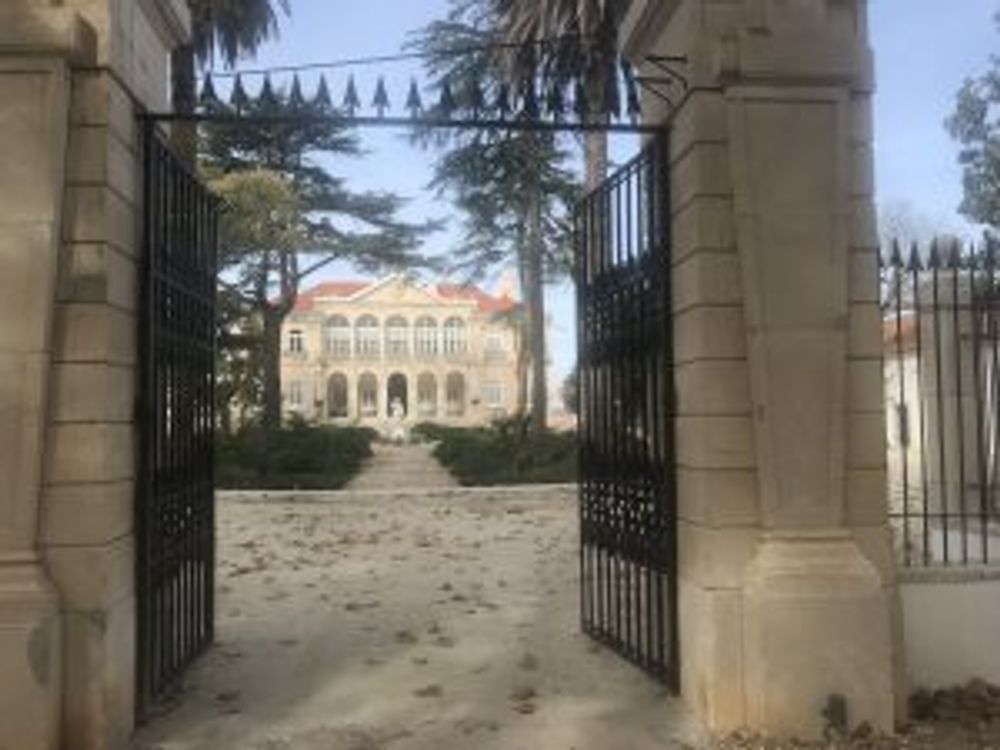
This year alone Tejo has certainly upped its game, showcasing wines at The London Wine Show, as well as gaining valuable new partners in the UK. Championing their case is Sarah Abbott MW along with Luis de Castro, President of Wines of Tejo.
Similar to other progressive European wine regions their claim to fame has been helped by the use of international grape varieties, although local grapes are equally as important to showcase the quality that can be achieved from this area.
The more regions I visit the more I become aware how much these ‘farmers’ are helping our climate and concerned in both environmental issues and how to make the planet more eco friendly.
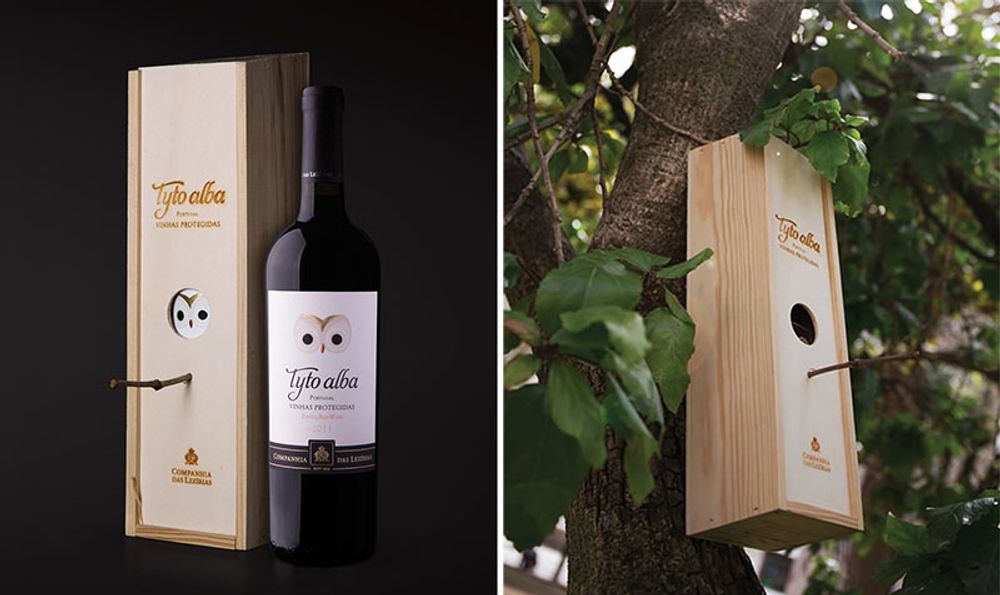
Whilst not everyone in Tejo is certified organic many of the practices are now being followed, with even more interest in biodynamic farming, plus many have their own local initiatives, with one winery even producing a wine carton that can be used as a Nest-Box, to reflect their dedication to owls and other birds on their estate.
Whilst we see a general world shortage in wine production this year, this area of Portugal has seen both production and quality rise. Many of the 80 wineries have been family owned for generations, and improvements both in the ground and in the wineries over the last decade are now coming to fruition.
The Tejo wine area (formerly known as Ribatejo) is named in tribute to the river Tejo, that has shaped the landscape of the area, and is Portugal’s oldest wine region. It is subdivided into three regions;
Bairro
The Bairro area is located north of the Tejo River. These highlands are comprised of rolling hills and sweeping plains rich with limestone and clay soils. Further north, patches of earth contain schist deposits, encouraging the vines to establish deeper roots.
Charneca
To the south of the Tejo, is the Charneca zone. The Charneca is a dry, flat area marked by poor, sandy soils that force the vines to struggle, and in turn produce more complex fruit. In this zone, higher temperatures compel the grapes to mature faster than in the rest of the Tejo region.
Campo
The Campo lies along the very edges of the Tejo riverbanks. The proximity to the river lends to a more maritime climate, moderating the temperatures and helping to contribute to the fruitiness, acidity and freshness in the wines. The alluvial soils of these plains provide good drainage and sustain the many vineyards located here.
The wineries we visited and the standout wines
Over three days we covered pretty much the whole region of Tejo, not only enjoying some great wines but also having the chance to eat some wonderful traditional Portuguese food and hospitality and learn some of their history, from the Lusitano horses to the Convent de Cristo.
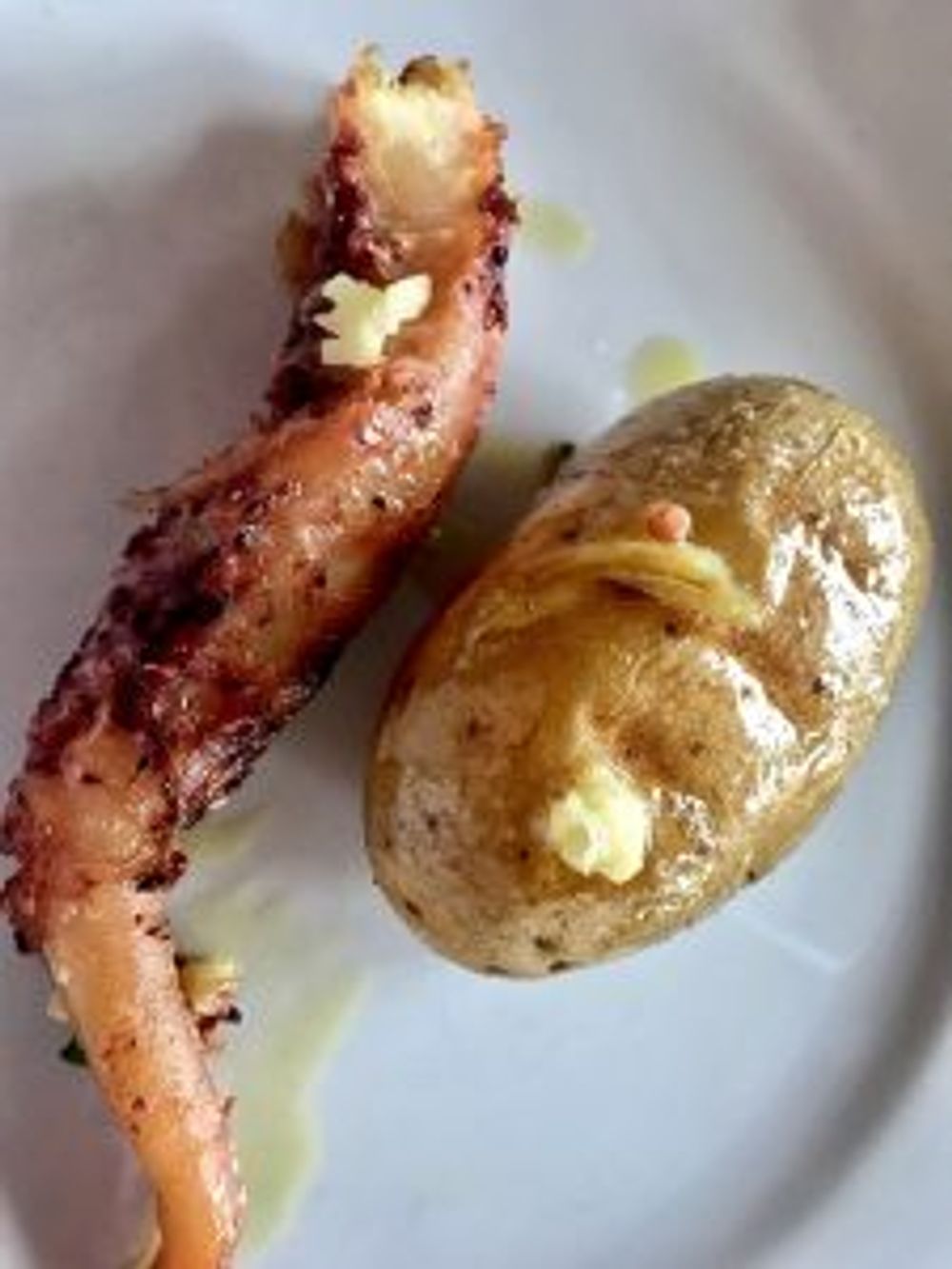
It would be difficult to include all the wineries and wines that impressed me on the trip. There were also many ‘value’ wines that would certainly be an asset to the UK market. Here I showcase three, which reflect the diversity of the region.
Joao M Barbosa Vinhos, Porta de Teria (Importer ABS)
A rather special organic boutique winery run by the maverick wine maker and owner; Joao Barbosa, who also has another winery in Alentejo, Valle de Junco. Winemaking is in his blood, he started his career at his grandfather’s vineyards in Northern Portugal, Caves Dom Teaodosio.
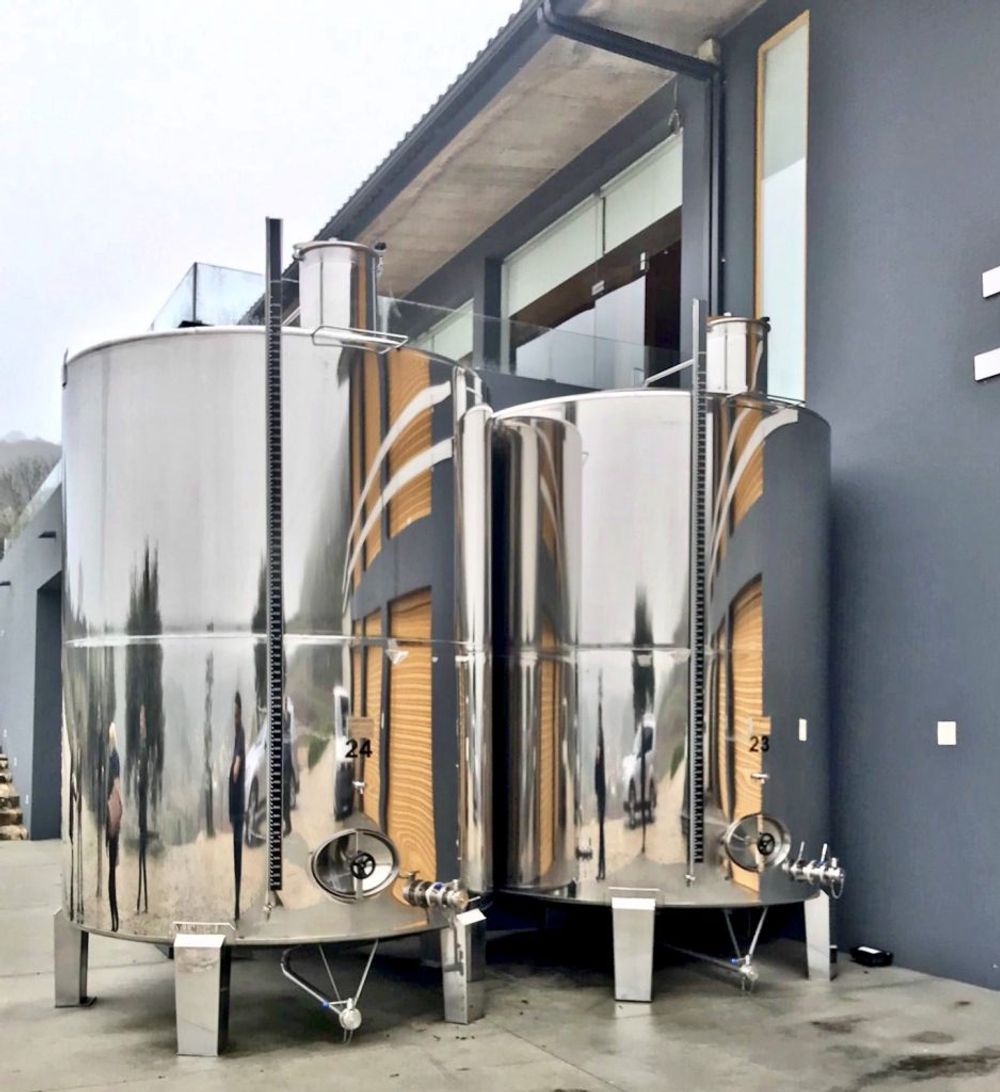
Everything here is precise, from the spotless, perfectly clean floors throughout the winery, the gleaming equipment, the precision of architecture that highlights the modern style and quality of the wine, and above all a beautiful setting that sets the scene for his elegant and fine wines.
A Rosa Azul (Blue Rose)
In a sign to symbolise their brand, a Blue Rose was chosen to go on their labels as it evokes the unattainable perfection, and also their commitment to excellence, and to care for their family and friends.
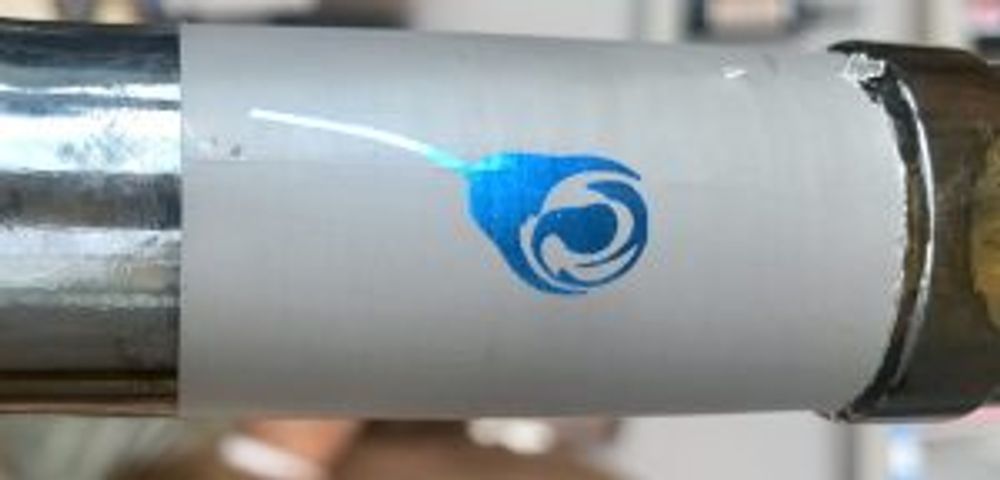
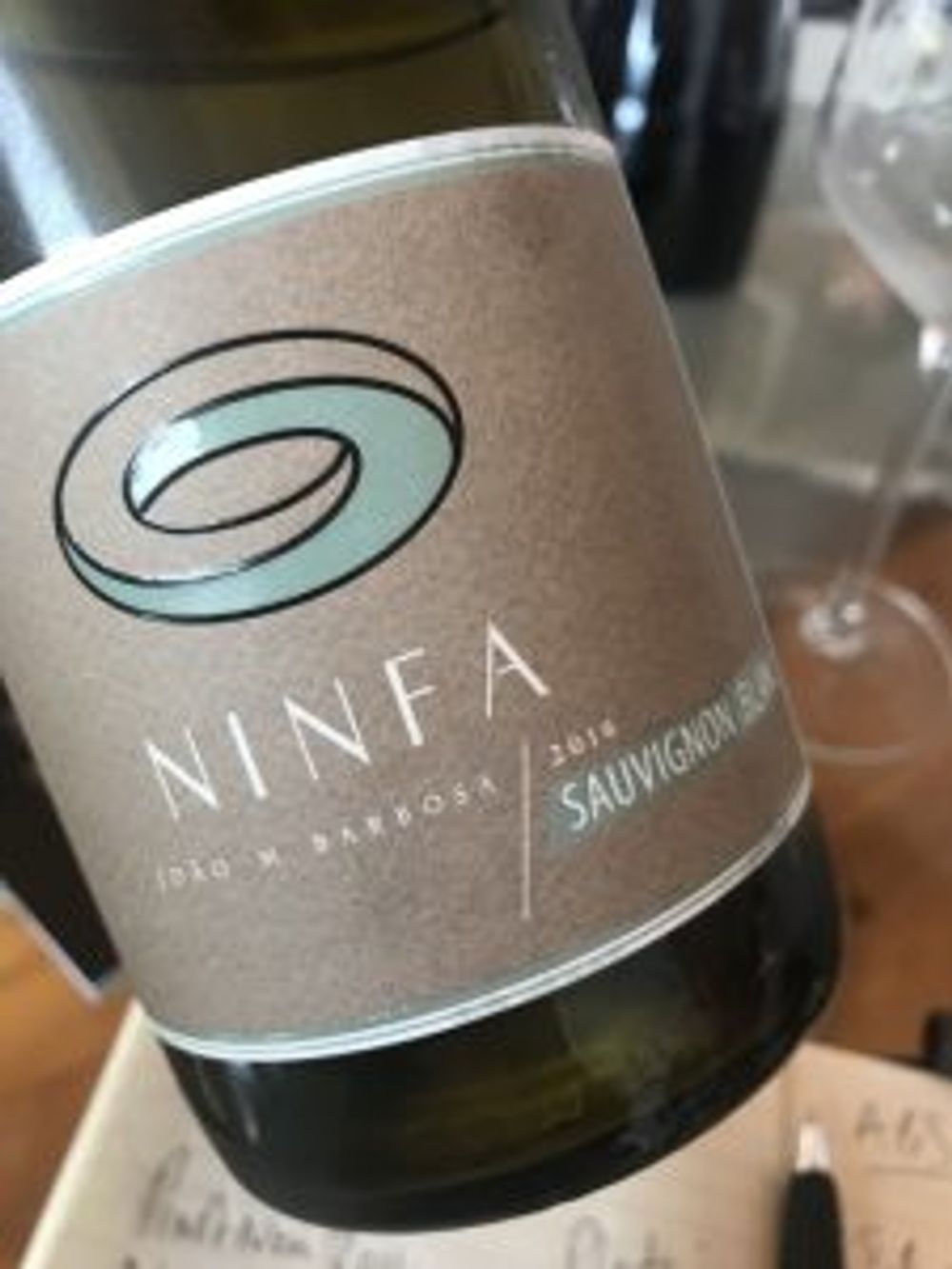
Ninfa Sauvignon Blanc 2016
Clones are sourced from the Loire Valley, glowing yellow/green colour, gentle tropical and citrus nose; this is beautifully layered, with delicate pineapple, lush green and bright minerals. Great purity, saline, clean texture. This would be fabulous with a salad of raw shaved asparagus and courgettes with fresh goats curd and extra virgin olive oil.
Ninfa Colheita Branco 2016
Sauvignon Blanc & Fernao Pires (Maria Gomes)
Mineral overtones, then lifts in the glass with white peaches, pink grapefruit, fresh herbs, citrus culminating into a luscious creamy wine that is long but precise. Perfect with oysters, ceviche and sashimi.
Ninfa Colheita Tinto 2013
Alfrocheiro, Aragones, & Touriga Nacional
Violets and intense floral notes from the Touriga National dominate the nose, then sweet luscious fruit on the palate, Fresh, bright, clean cranberries and blueberries, drinking so well currently. Classic clean precise wine to go with a rich confit of duck.
Sparkling
We tried two sparkling wines, both were exceptional and definitely a surprise to find such good quality sparkling wines from Portugal and made from Pinot Noir.
Ninfa Blanc de Noirs 2014
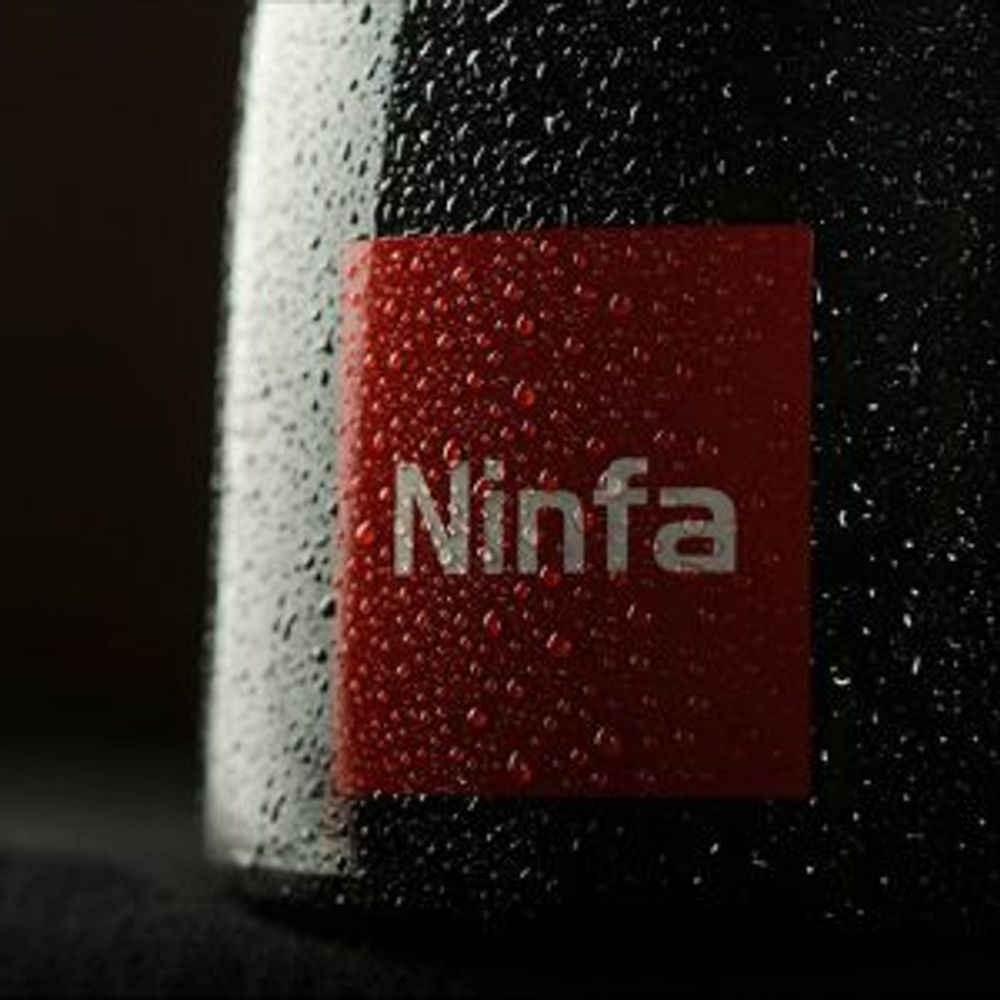
100% Pinot Noir
An evocative mouthful of delicate bubbles, touch of salmon pink colour, beautiful balanced, moreish, restrained elegance, the acidity was very gentle with the Pinot showcasing how good a Blanc de Noirs can be.
Ninfa Platinum Millesime 2012
100% Pinot Noir
Yellow straw colour, complex and elegant, this still needs time but already showing its class, a rare treat to try this exceptional sparkling wine.
Quinta da Alorna (Alliance Wines)
From Porta de Teira one of the smallest vineyards in Tejo we move to the largest Quinta da Alorna. The 220ha vineyard is entirely planted on sandy soils.
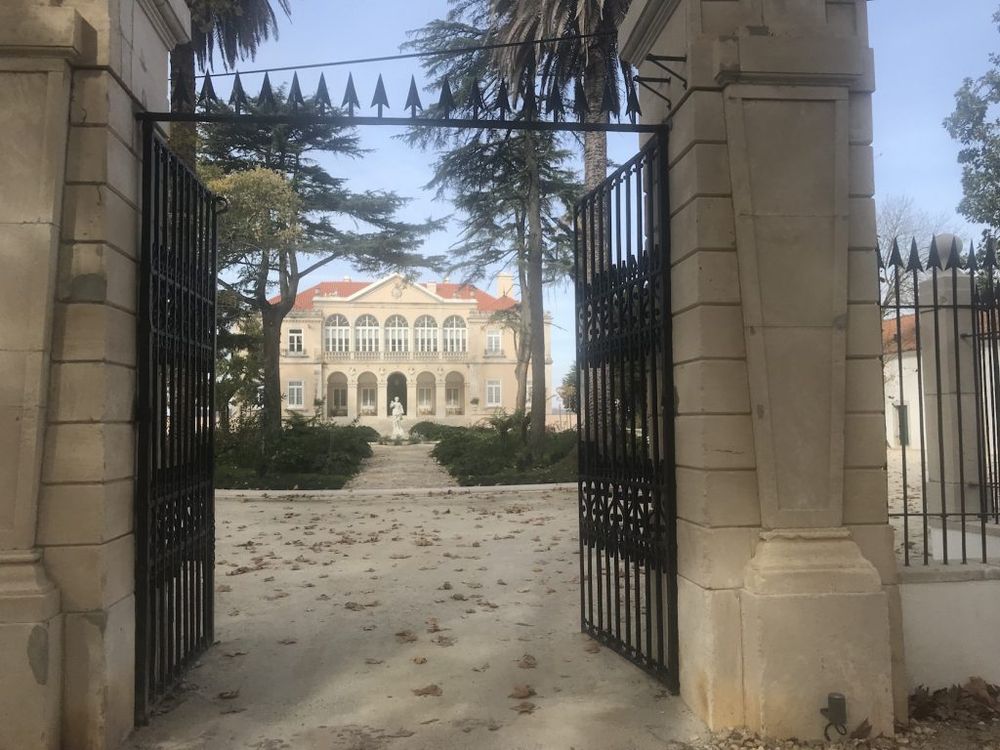
Chief winemaker Martta Reis Simoes won Best Young Winemaker of Portugal last year. Recent modernisation in the cellars complement the continued work in the vines which include the use of probes to measure soil moisture levels as well as the environmental impact of their 2,800ha property that includes pine trees, cork and eucalyptus.
Their wine export market (45% of their total production) extends across 28 countries including China, Brazil, Sweden, US, Germany and Holland. Alliance Wines has recently taken over the UK market.
Quinta da Alorna produce a wide spectrum of wines, here I have highlighted a few that showcased the ‘new’ Tejo premium quality that we so often saw on our trip.
Quinta da Alorna, Verdelho 2016
Fresh and elegant, bright, clean, soft delicate citrus, this wine was highlighted by a traditional Portuguese green pea soup we were served over lunch, the vibrancy of the wine shone with the silky soup, a refreshing example of how good and clean Verdelho can be.
Quinta da Alorna Reserve, Arinto & Chardonnay 2016
Arinto gives this blend vibrancy and freshness to balance the creamy oaked Chardonnay. An amusing winemaker’s translation came out with the Chardonnay as “Greasy” balanced by the “Acidic” Arinto but it’s a good point but the translation needs to be more floral! This wine is spiced, fruity, fresh and vibrant.
Marquesa de Alorna, Grande Reserva White 2015
Five separate grapes, which are not disclosed, these are blended together (blind) each year to produce the masterly wine. A balance of new and second use oak barrels as well as eight months on lees. Words like ‘sublime’, ‘profound’, ‘stunning’ are scribbled in my pad. Ripe yellow peaches, delicate white flowers, gently toasty crème brûlée, aromatic richness, great structure and long lingering aftertaste.
Quinta da Alorna, Touriga Nacional 2015
Dark fruits on the nose, great purity on the palate, blackberry, dark cherries, chocolate, all silky and smooth, this went especially well with a Portuguese rice dish of duck and spiced sausage.
Quinta da Alorna, Late Harvest White 2012
This was the second time we had tried this wine and it was just as impressive this time. Sweet and intense, tropical fruits, golden raisins, very fine citrus acidity to keep it balanced.
Quinta da Alorna, Late Harvest Red 2013
These Tinta Miuda grapes are sourced from 30 year old vines, and picked generally in October. Gentle, delicate although sweet it has the backbone to carry it and it is therefore not overpowering, more luscious and fresh. Rare style but my word what a beautiful wine, especially good with chocolate desserts.
Established in 1733 this is one of the oldest wine estates in the region. It now also boasts Five Star accommodation and dining, set in an outstanding area of beauty. Here we were entertained with a fabulous lunch by Sylvia Costa. The setting was pretty special, with a classic Portuguese lunch full of classic dishes, great wines and joyful fun.
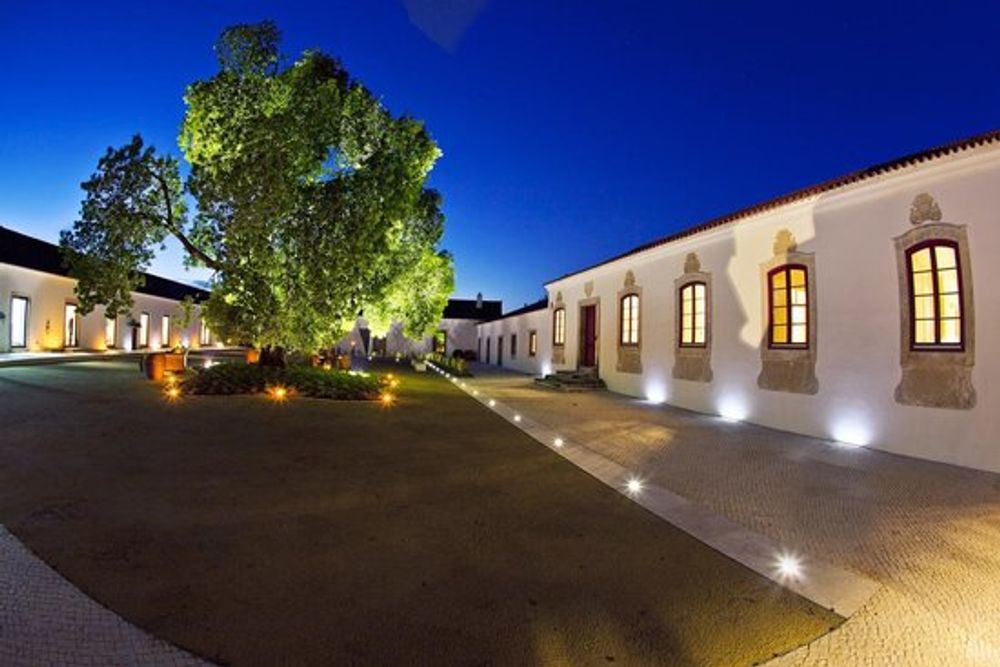
Quinta da Lapa, Brut Nature Reserva
28 months on lees, this was a textured refined elegant sparkling wine, 100% Arinto. Straw yellow, white peaches, ginger biscuits and walnuts. Another great sparkling wine from this region, this time with a local grape, the freshness and zippy flavours of this make it a real pleasure to drink.
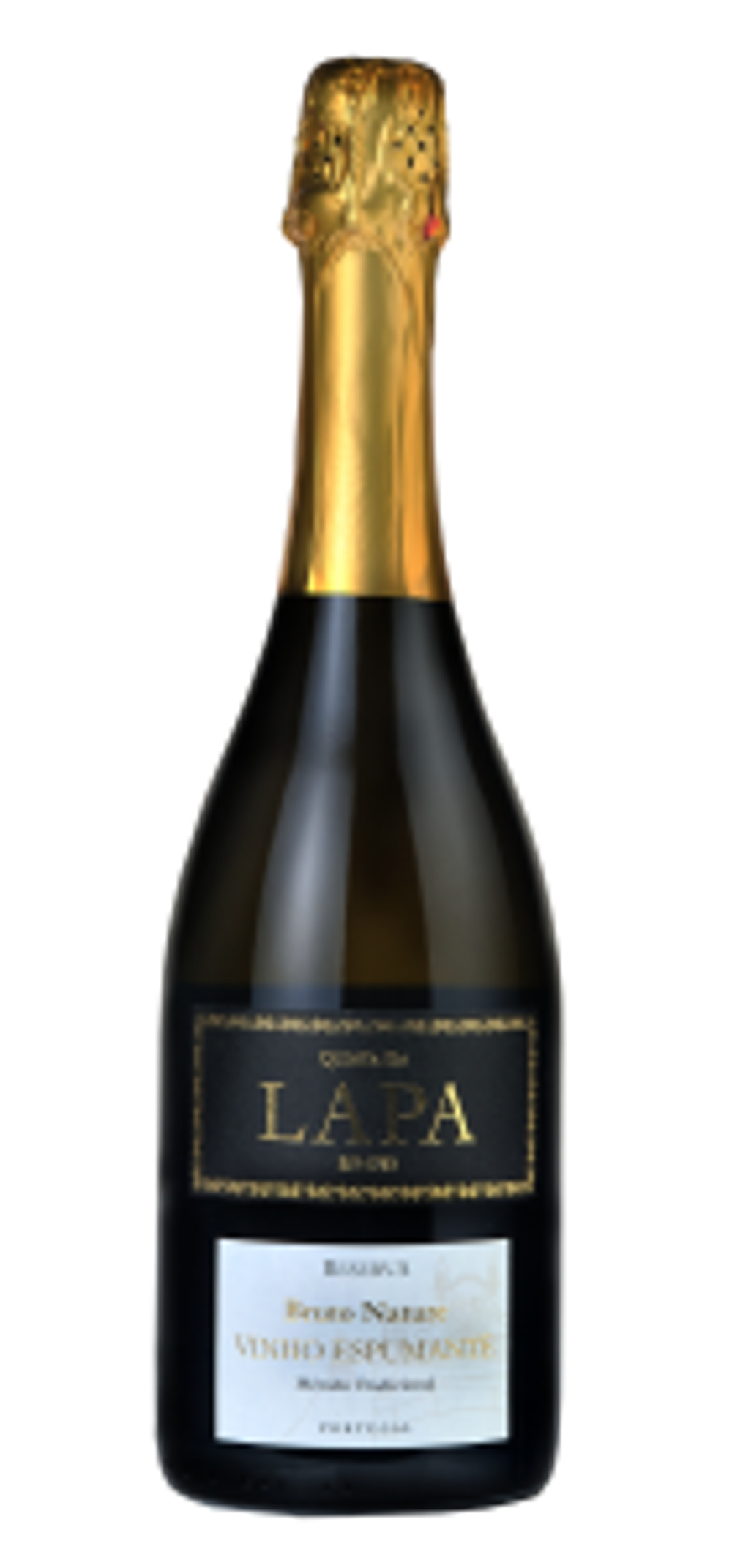
Quinta da Lapa, Reserva Branco 2016
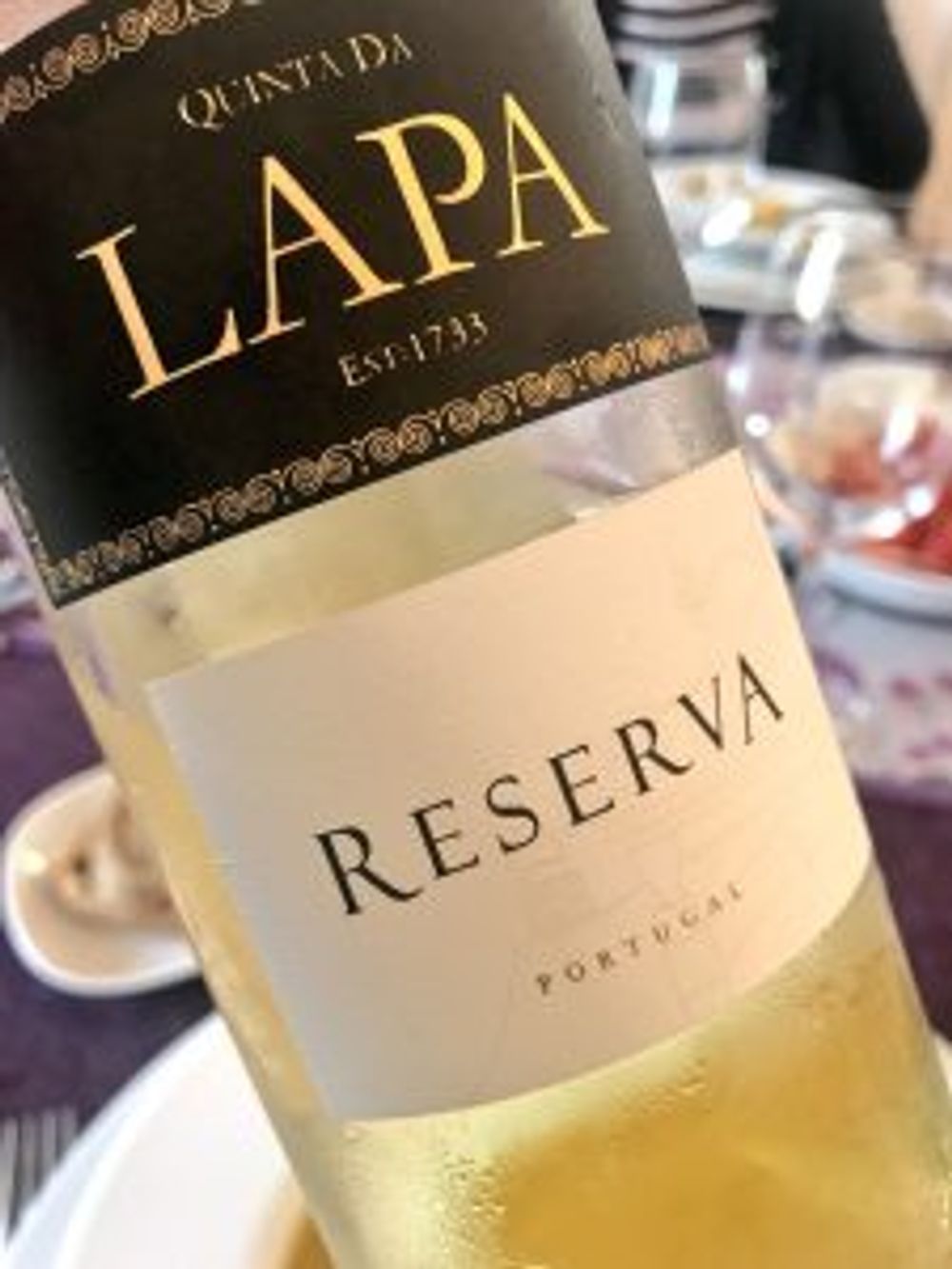
Arinto, Chardonnay and Viognier
Vanilla, waxy wine, melon, quince, peaches, a wonderful textured wine, full of character, freshness. Was reminiscent of white Bordeaux at its best and was a brilliant match to a sweet potato soup.
Nana, Tinto Reserva 2014
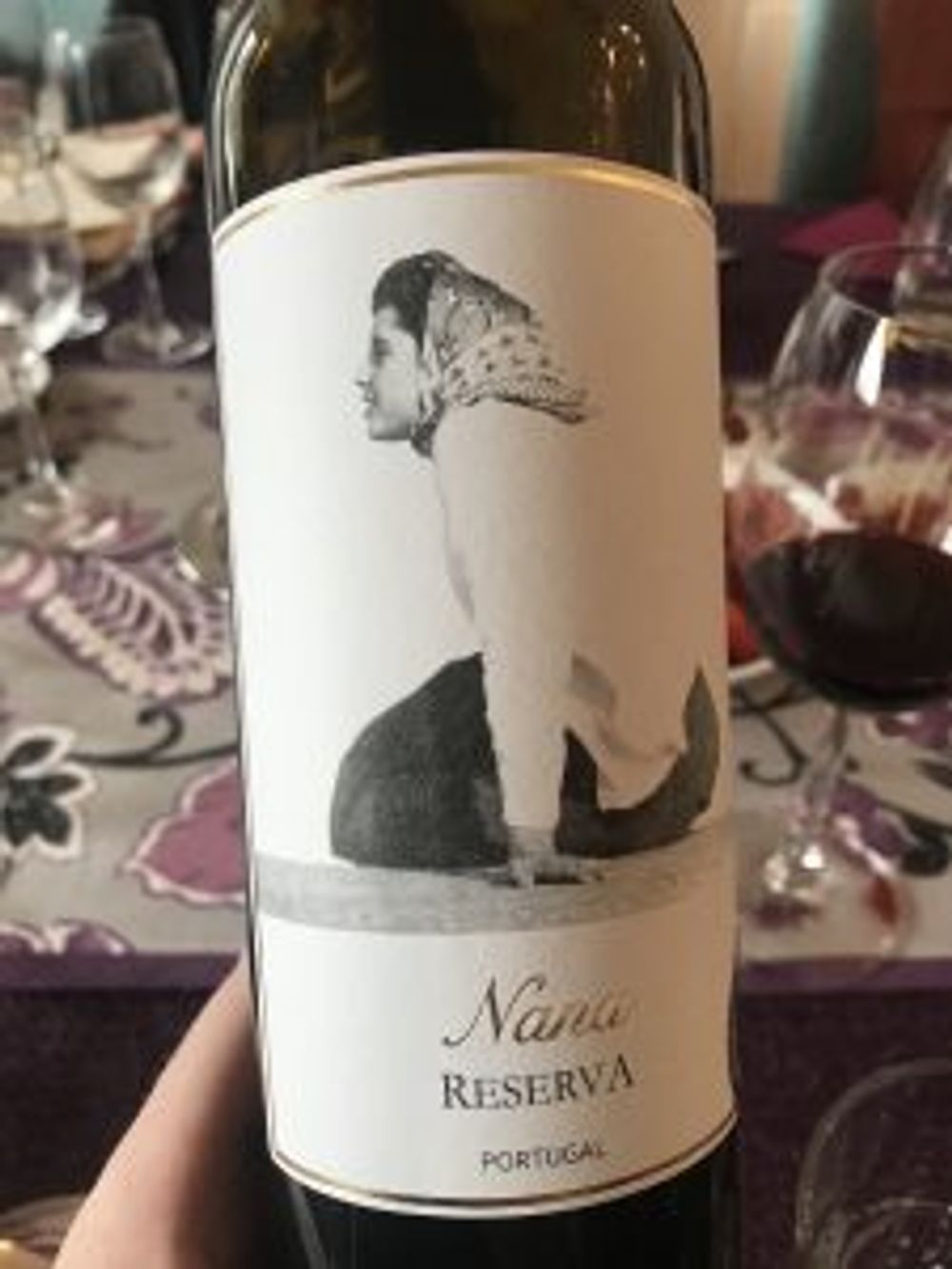
70% Touriga Nacional, 15% Trincadeira Preta and 15% Aragones
A wine made to respect and celebrate Nana, the mother of the house. Aromatic, plums, cherry, spices – a fabulous blend that highlights all that is good of Portuguese red grape varietie, and explains why this wine was made to celebrate “Nana”.
A trio of reds were then served.
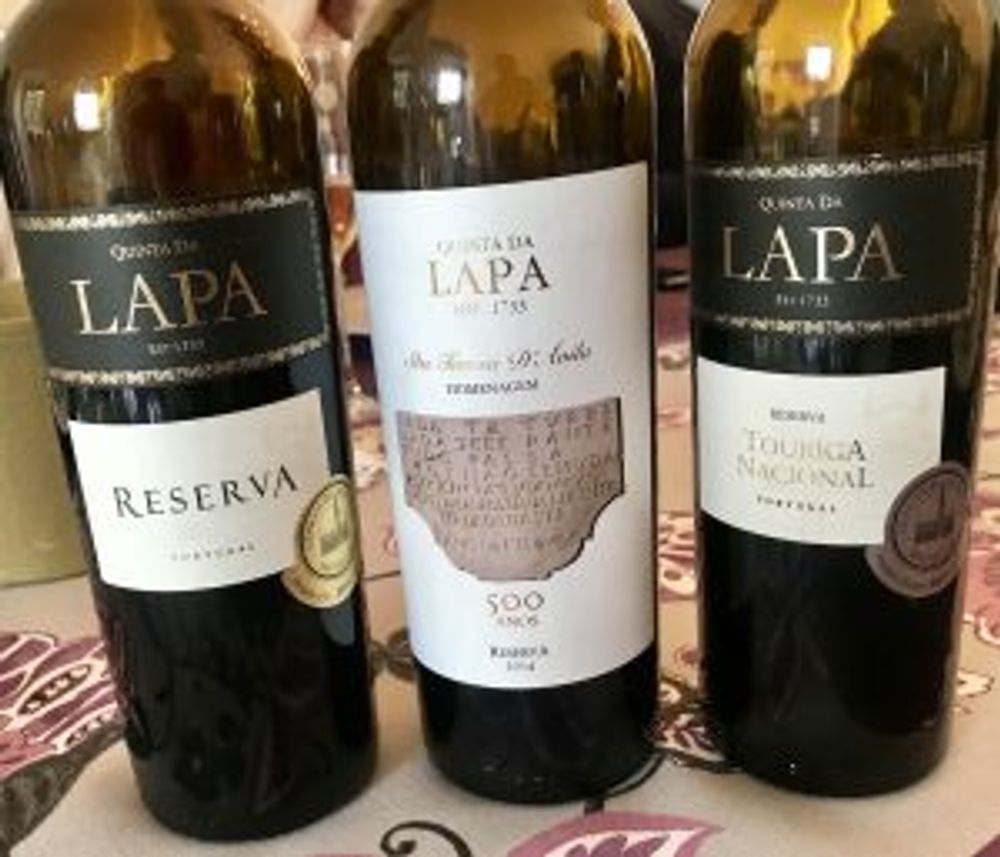
Quinta da Lapa, Reserva 2012
25% Touiga Nacional, 25% Merlot, 25% Cabernet Sauvignon and 25% Syrah
Quinta da Lapa, Homenagem SantaTeresa D’Avila Reserve 2014
25% Touiga Nacional, 25% Merlot, 25% Cabernet Sauvignon and 25% Syrah
This is made in memory of the founder. Complex and full of vibrant flavours and freshness, silky long, great purity of fruit, this is a wine to age, great potential.
Quinta da Lapa Reserve, Touriga Nacional 2014
Violets and sweet spices, juicy, clean and balanced, luscious and fresh.
In summary then ……
Certainly an inspired visit, not only highlighting the quality that can be produced from Portuguese grapes but the opportunity Tejo has to highlight its wonderful ability to produce premium wines of great quality and a wonderful region to visit.
A rundown on the Portuguese grapes used in Tejo
White Grapes
ARINTO Grown throughout Portugal, this grape produces vibrant wines with flavours of orchard fruits and citrus, and are best enjoyed young. In warmer regions like Tejo, the grape retains its high natural acidity and can work well as a single-varietal wine or in a blend.
FERNÃO PIRES A versatile varietal that is found more widely in southern Portugal, Fernão Pires (also known as Maria Gomes in northern Portugal) can be picked at various ripeness levels to achieve different flavour profiles — from bright citrus, to luscious peach, to fragrant tropical fruits. This varietal loves the warmer climate in Tejo and has moderate acidity and body.
ALVARINHO This grape is grown throughout Portugal and is easily the country’s most well known white varietal. The grape produces a wine that is full of character, deep in body and with zesty acidity. The best examples are highly aromatic with notes of peach, passion fruit, orange blossom and lychee.
VERDELHO Originating in Madeira, this native Portuguese varietal is highly regarded for its ability to retain a high natural acidity when grown in warm climates. Extremely fragrant, this grape showcases notes of mango, papaya and citrus, as well as fresh herbs and stony minerality.
Other white grapes found in Tejo include Sauvignon Blanc, Chardonnay and Viognier.
Red Grapes
Tejo’s native red grapes produce wines that are rich and flavourful, yet highly approachable.
TOURIGA NACIONAL As Portugal’s most well-known varietal, this native grape is comfortable at home in the Tejo region. Producing wines with high tannins, full body and flavours like dark berries, plums and purple flowers, the grape loves southern Portugal’s very warm climate.
TRINCADEIRA This hot weather-loving varietal flourishes in the Tejo region where the growing season is longer, allowing the grape to achieve full ripeness. Although difficult to grow, Trincadeira produces wines with bright raspberry flavors, herbal and spicy tones while retaining its acidity.
CASTELÃO This varietal is found predominantly in southern Portugal, and prospers in the poor, sandy-clay soils found throughout the Tejo region. The grape has the ability to produce well structured wines with vibrant acidity and an endearing rustic quality with notes of plum, red currants and meaty aromas.
ARAGONÊS Known to the Spaniards as tempranillo (and as Tinto Roriz in northern Portugal), this varietal makes rich and robust wines, and is often found in blends rather than as a single-varietal wine. Thriving in both sandy and clay soils, Aragonês produces smooth, fruit-forward wines with undertones of spice.
To complement the red native varietals; Pinot Noir, Syrah, Cabernet Sauvignon and Merlot are also planted in the Tejo region.
